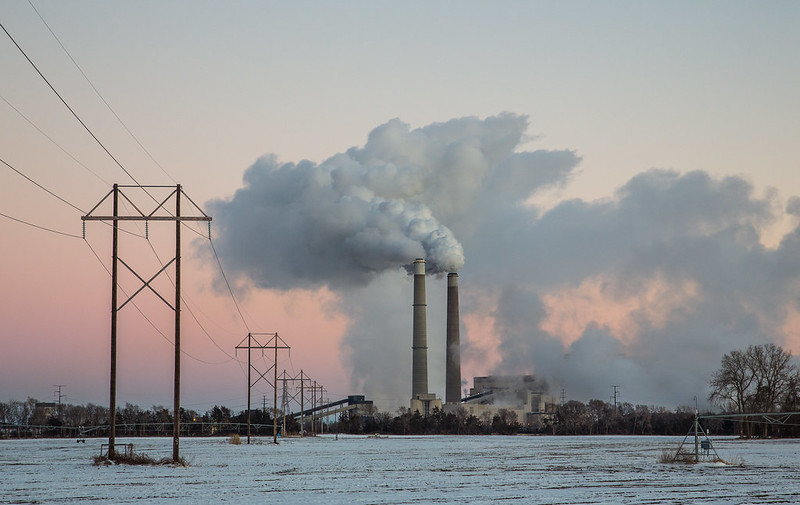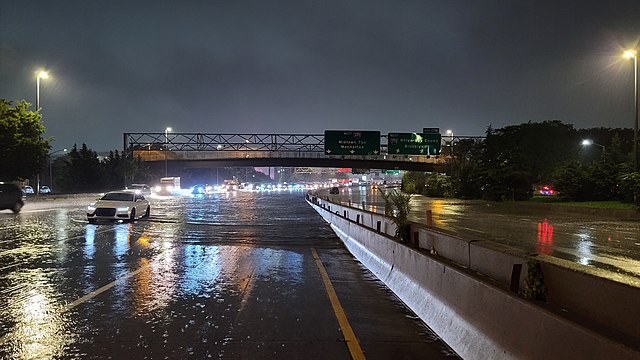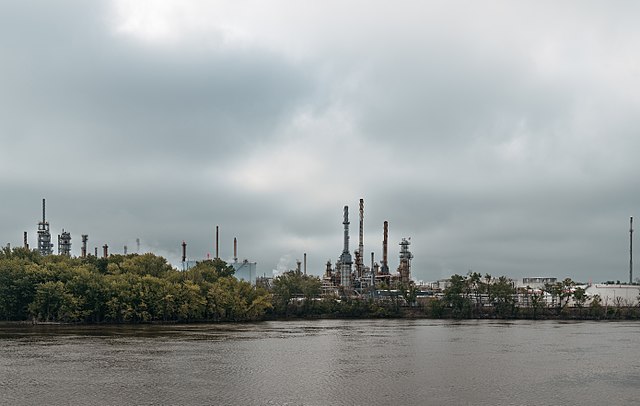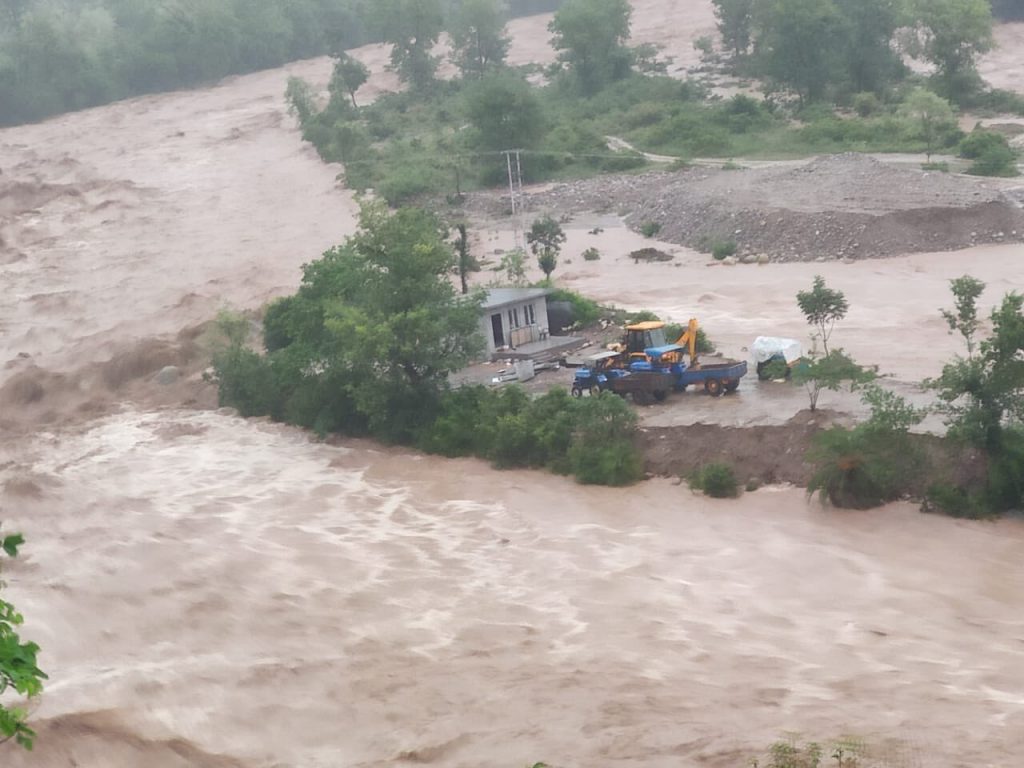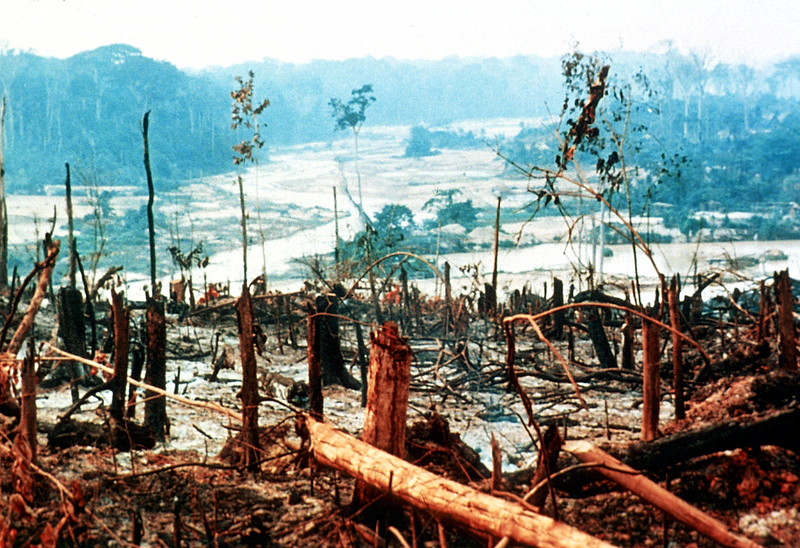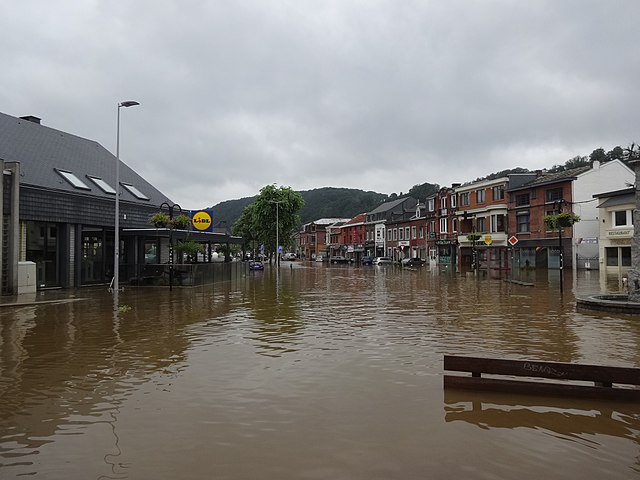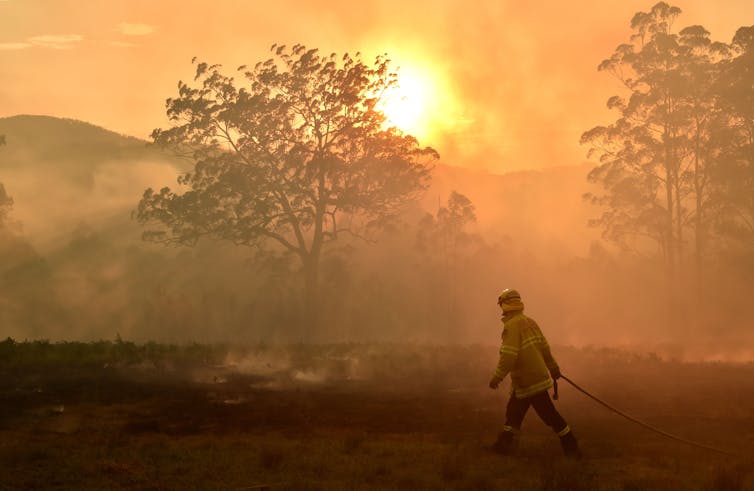“Climate change continues to push the envelope on what is possible all over the globe,” said one meteorologist.
By Brett Wilkins. Published 12-29-2021 by Common Dreams
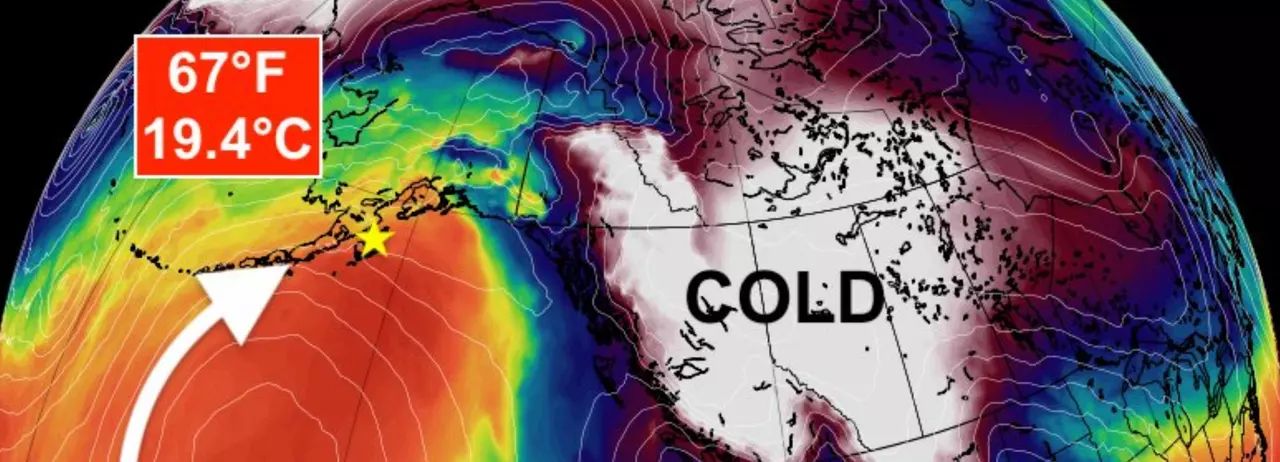
On December 26, 2021 the town of Kodiak in southern Alaska hit 67°—seven degrees warmer than the daytime high in San Diego—and shattering the December record for Alaska by nine degrees. (Photo: Scott Duncan/Twitter)
As parts of Alaska obliterated high-temperature records earlier this week, meteorologists and climate scientists warned that extreme heat and rainfall are the new normal in the nation’s largest state and other Arctic and subarctic zones.
On Sunday, the town of Kodiak in southern Alaska hit 67°F—seven degrees warmer than the daytime high in San Diego—and shattering the December record for Alaska by nine degrees, according to the National Weather Service. The town also broke the local December record by more than 20 degrees. Continue reading


